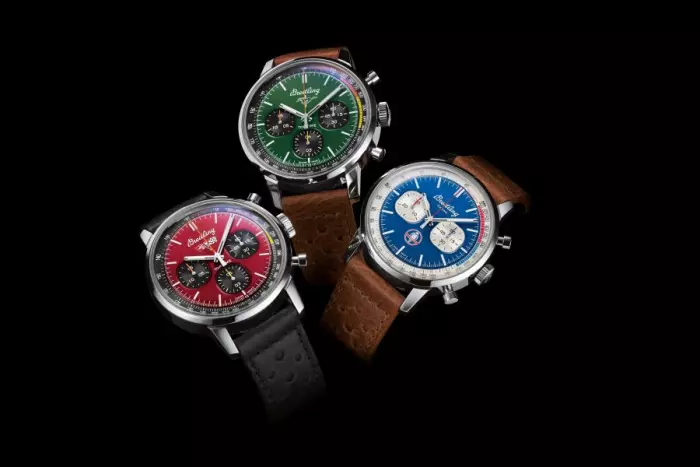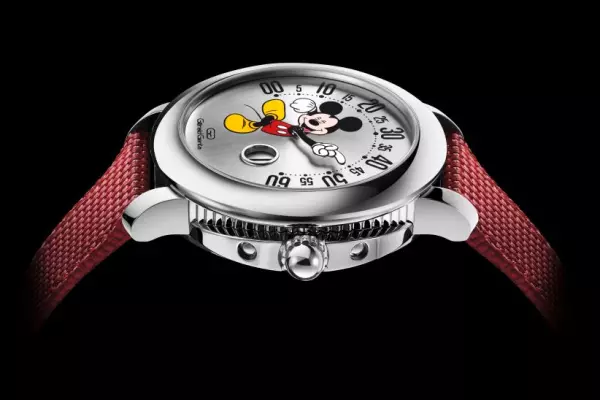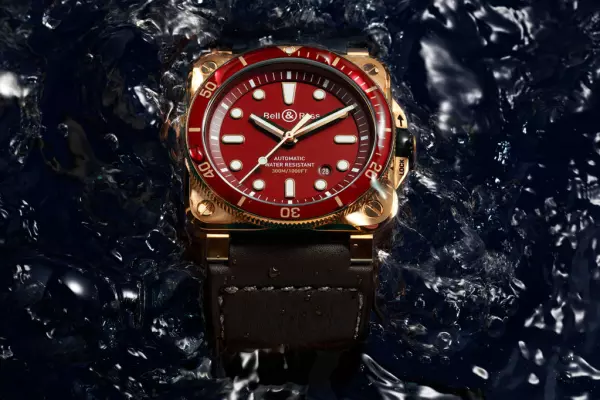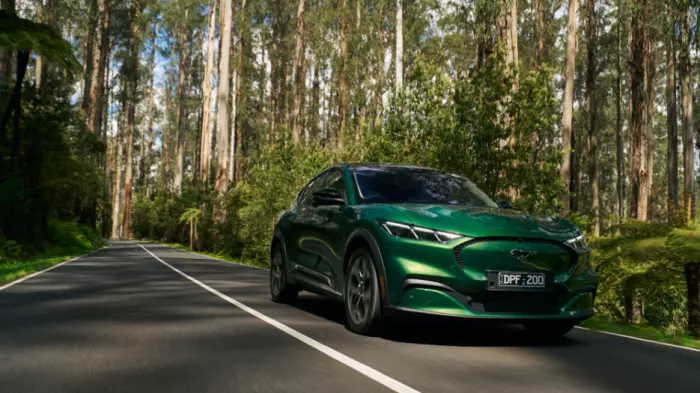The watch world is unlike any other, a world where the past is the future, where time measurement has largely stood still, and where the word “complication” is a plus, a bonus. In horology it of course refers to an extra function on top of timekeeping, ranging from the simple – a date or dual time display – to the truly complicated, for example, a perpetual calendar or chiming repeater watch.
Complicating things further is the nature of that most common complication, the chronograph. Not to be confused with a chronometer, which indicates a certain standard of accuracy, the chronograph is that watch with buttons on the side that in simple terms adds a stop-watch function to your timepiece.
As with all things in watch-land, it comes with various out-of-sight-mechanical differences and a variety of visual interpretations mainly concerning the number and arrangement of sub-dials – for the readout of elapsed times – and assorted scales.
In general, all this adds considerably to the busyness of a watch – while suggesting the wearer is serious about the business of time. Is this to suggest the chronograph is more about the look than the function? Frankly, yes.
Of all the people you see wearing a chronograph, it’s rare to see anyone actually availing themselves of its bonus function. I have seen a dentist use one to time the setting of fillings. I have seen boffins use theirs to show what they can do/how they work. And I once worked with a fellow who proudly used his to monitor the parking meter. Add to that my own use – rare – of one to time scripts, and that’s about it.
Indeed, what would you use one for, exactly? It’s likely the chronograph is the most underused mechanical device we’ve come across, and yet demand for them has never been stronger – try getting Rolex’s Daytona, Vacheron Constantin’s Overseas, or Audemars Piguet’s Royal Oak. Against this comes the good news: nary a brand fails to offer a complicated beauty, with a raft of releases in recent months alone. Here’s a handful that show what the allure is all about:

Girard-Perregaux Laureato Chronograph Aston Martin
Automotive motifs abound here, with “Aston Martin green” colouring plus a diamond-like pattern – inspired by the quilted seats found in the road-going Astons – for the partly open-worked dial. Spanning 42mm with a self-winding motor, it’s yours for around $30,000.
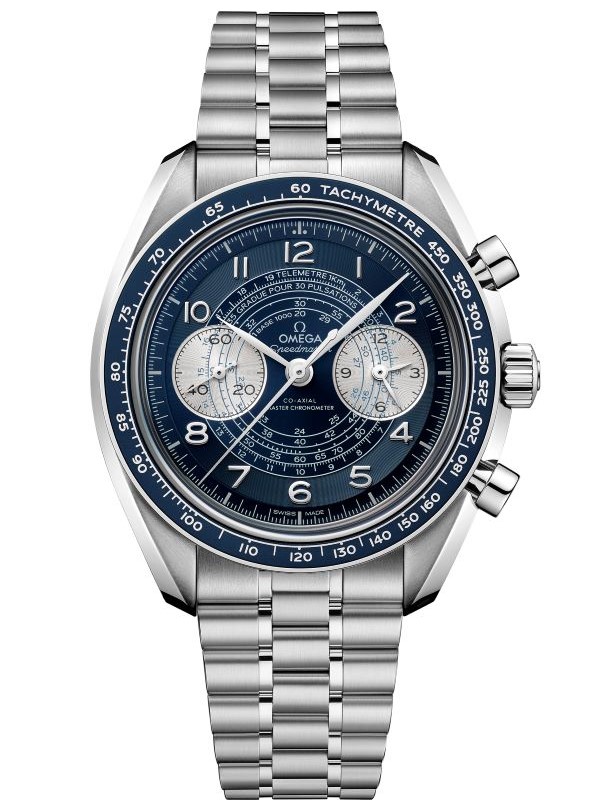
Omega Chronoscope
This measures time, distance, speed and heartbeats thanks to a dial with a 1940’s “snail” design with leaf-shaped hands and tachymeter, telemeter and pulsometer scales. The steel case spans 43mm and houses a twin-barrel master-chronometer movement. Around $15,000.
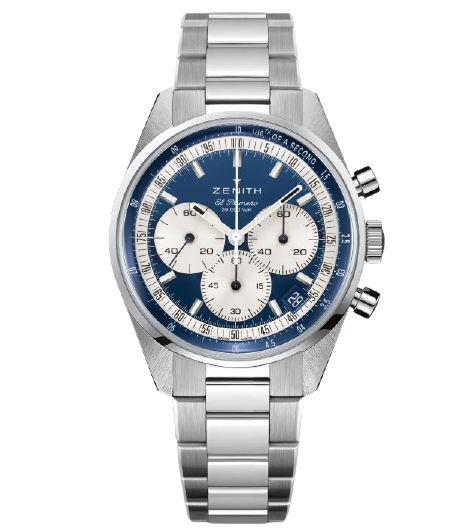
Zenith Chronomaster Original
This “original” model has a stylish retro feel thanks to “pump” pushers, a raised “glass box” crystal and a restrained 39mm case-size. The five-hertz movement – from the famed El Primero family that powered early Rolex Daytonas – times to a tenth of a second. $15,000 range.
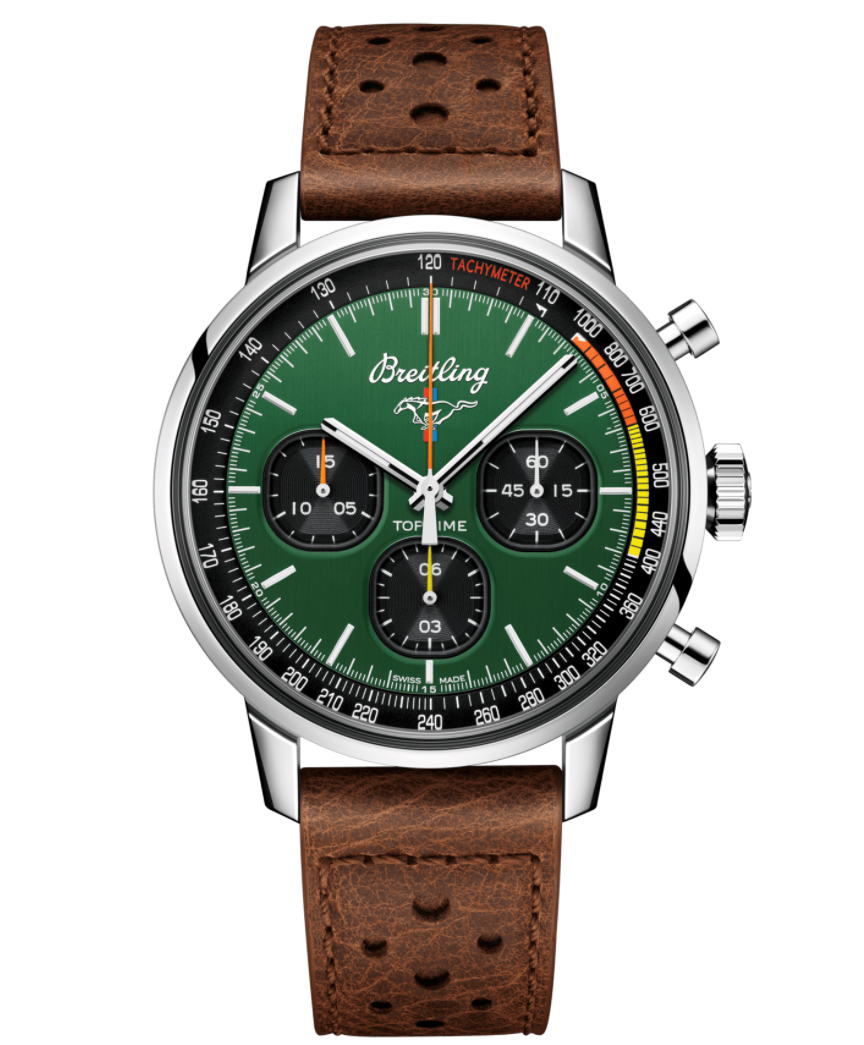
Breitling Top Time Classic Cars Chronograph
From a “Capsule Collection” paying homage to classic sports cars from the 1960s – the Chevrolet Corvette, Ford Mustang, and Shelby Cobra – this colourful chrono is a nod to 1960s Breitling models, and spans 42mm with chronometer-rated internals. $8000 range.
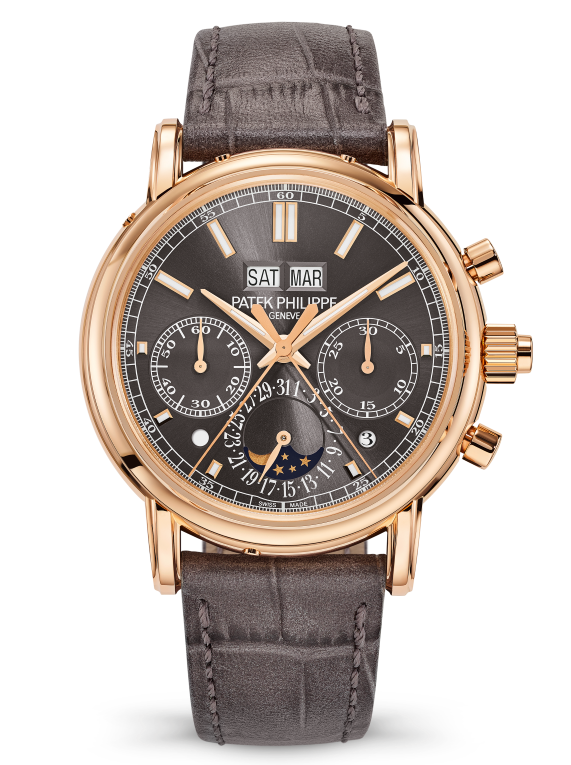
Patek Philippe 5204R Split-seconds Chronograph Perpetual Calendar
For many the holy grail, a “double” chronograph boasting seven patented innovations, not to mention the additional complications of perpetual calendar and a moon-phase display. Manually wound and cased in rose gold, it’s a circa $440,000 proposition.
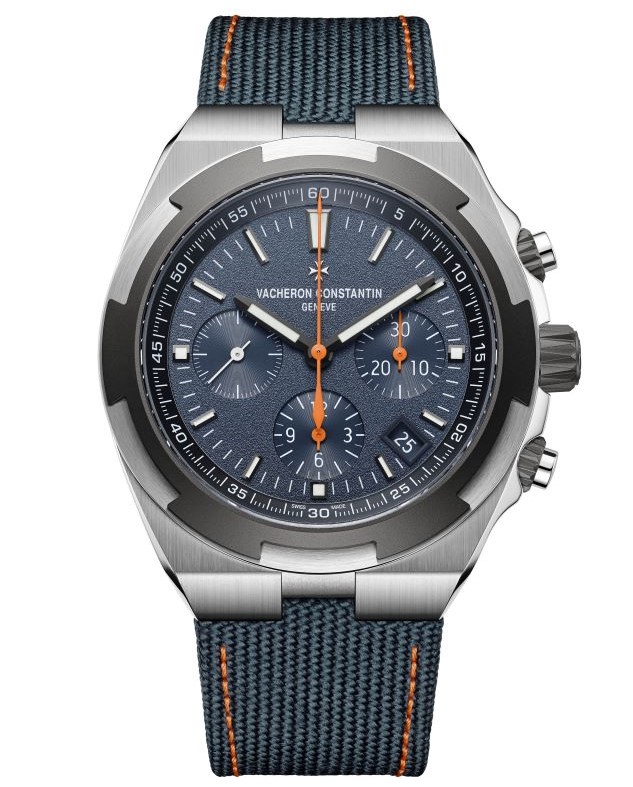
Vacheron Constantin Overseas Chronograph “Everest”
A 150-piece limited edition with a 42.5mm case in a contrasting combination of titanium and stainless steel, with additional pop thanks to the bright orange of the central chronograph hand. Inside, there’s a self-winding twin-barrel “column wheel” movement. $50,000 range.
Follow Bani @baniwatch


